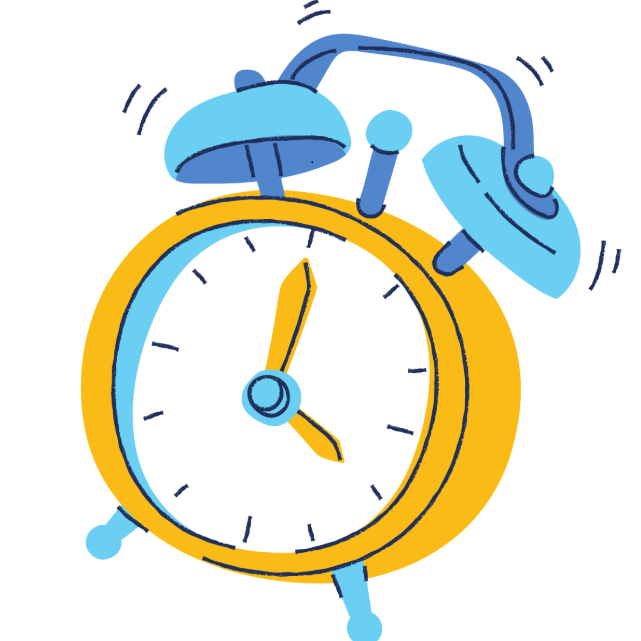5:30: The piercing sound of an alarm jolts students out of peaceful sleep. They stumble around their houses like zombies, trying to prepare for the day by struggling out of bed, finishing forgotten homework, and eating a breakfast bar. Everyone leaves their homes — driving, walking, biking, or trekking to a bus stop — all to be at school in time for the first bell.
According to the 2021 census, there are approximately 17.3 million high school students in the country, and this is their reality. Waking up tremendously early five days a week, 37 weeks a year. Kids ages 10-18 are expected to function at an adult level for seven hours a day but are still encouraged to be social, join extracurriculars, finish homework, and get enough sleep.
There are only 24 hours in a day, and the Center for Disease Control and Prevention recommends that high school students get 8-10 hours of sleep every night. Getting enough sleep lowers the risks of numerous mental and physical health issues. If a student gets the recommended sleep time, that leaves roughly 14-16 hours of the day for activities. On weekdays, school takes up about seven hours of that time, leaving only eight hours left. In those eight hours, a student gets ready for school in the morning, commutes to and from the building, completes homework, and participates in after-school activities, such as extracurriculars, jobs, or caring for siblings. Some students who ride the bus spend over an hour just getting to and from school, forcing them to wake up even earlier. The expectation that students can finish everything they need to do with such little free time is completely unrealistic.
Extracurriculars provide excellent opportunities for students, but they can be extremely time-consuming. Several extracurricular activities take several hours outside of school away from students. They start and end at irregular hours of the day. Some take up time on weekends, further reducing the time students have for themselves. Though all of these things vary greatly, kids are usually left with about four hours to do their homework, eat, and complete any other responsibilities they may have, such as a job or chores. Students barely have enough time to get everything necessary done in a day, so how could there be any extra time left for hanging out with friends and spending time with family? Full-grown adults often struggle with basic time management and can barely juggle their professional and home lives. How are teenagers being held to the same standard?
High school and middle school students are constantly caught in a balancing act, trying to learn good time management skills and balance their workload and social life, on top of getting enough sleep. If school did not start so early, students could sleep in and be well-rested for the next day.
School districts around the country have found solutions to this issue, including later start times, shorter breaks during the year for shorter school days, completely eradicating summer break, or having elementary schools start earlier than secondary schools. For our local school district, none of these solutions may be the right answer, but there is an answer out there that would work for our community and allow our students to remain healthy and happy by getting enough sleep — and it is our responsibility to find it.





